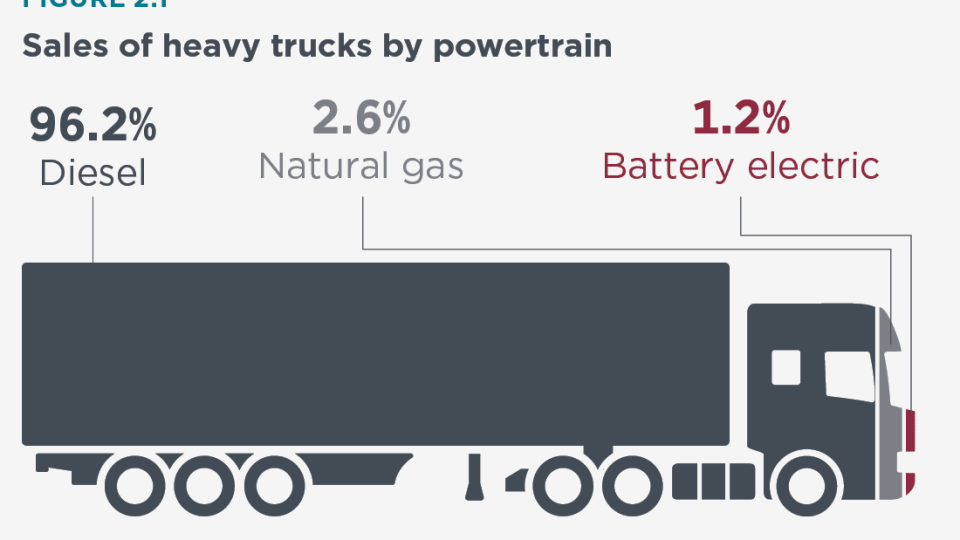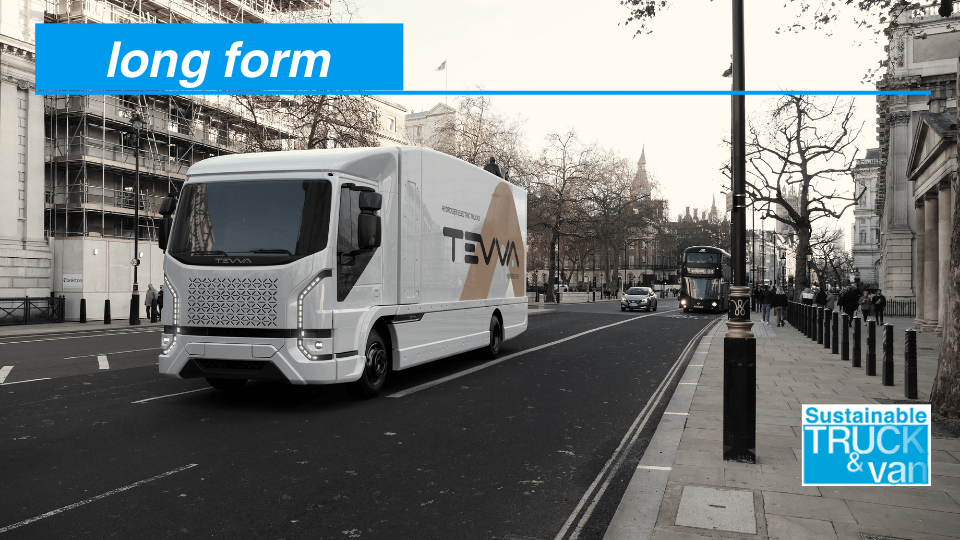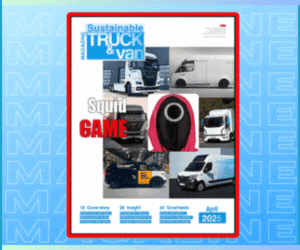The driver’s point of view: driving aids which make fatigue less of a factor on the road
A survey showed that 13% of drivers had fallen asleep behind the wheel at some stage in their lives, and 37% believed that they couldn’t stay awake for their whole journey. This issue is particularly prevalent for drivers of commercial vehicles. Anyway, technology can help.

Author: Alice Watts
Watts is a writer and a vehicle safety advocate. She has a keen interest in the latest technology, especially where it concerns vehicles and our roads. Her goal is to educate people and make our roads as safe as possible.
The Hendy Car and Van Store is a well-respected business that’s been around for 160 years. Known for their incredible customer service, they operate a no pressure sales environment, allowing customers to take their time and find the right vehicle for their needs.
It’s easy to think you won’t experience driving fatigue or that you can push through, but it can have serious consequences. A survey showed that 13% of drivers had fallen asleep behind the wheel at some stage in their lives, and 37% believed that they couldn’t stay awake for their whole journey. This issue is particularly prevalent for drivers of commercial vehicles, who are more likely to be covering greater distances behind the wheel.
Driving fatigued can cause danger not only to yourself and other vehicles on the road, but also to any potential goods or passengers you’re carrying. As awareness of the issue increases, technology is stepping up to help. We’ve outlined some of the latest driving aid technologies below.
How to tackle driving fatigue: cruise control
Cruise control is a feature that allows you to set a certain speed when you’re driving, meaning you can take your foot off of the accelerator. It can be helpful as you don’t need to worry about maintaining a certain speed, saving some energy and potentially reducing fatigue. If you’re perhaps a bit anxious about using cruise control, check if your vehicle has a speed limiter option. This ensures you won’t go above your set maximum speed. Some newer vehicles can even detect the speed signs around you and set your limit based on those.
Many new vehicles have now gone one step further to include adaptive cruise control as a feature. This works by detecting the space between you and the vehicle in front and braking if necessary, ensuring that you maintain a safe stopping distance. When driving a HGV, your stopping distance will be significantly further than other cars. If you’re used to driving cars then it could be tricky to maintain the correct distance, making adaptive cruise control extremely useful.
Potrebbe interessarti
Three core benefits of converting trucks to electric power
Alert systems
Vehicles that don’t have full adaptive cruise control may still come with driver alert features. One alternative is forward-collision warning – rather than braking for you, this will play an alert if you are getting too close to the car in front of you. There are many other similar systems that can help refocus your concentration, such as lane departure warning. This detects the road markings and alerts you if you stray outside of them without indicating.
AI monitoring
AI is gradually being used in vehicles for many reasons. Of course there’s the self-driving cars, but it can also be used to aid drivers in traditional vehicles. A handful of vehicle manufacturers are working on AI technology that builds profiles based on driving habits and alerts you when you’re behaving differently. For example, Mercedes use this technology in most of their vehicles under the name ‘Attention Assist’ – it will alert the driver by prompting you to take a break. This could even recognise that you’re getting tired before you do, allowing plenty of time for you to find a safe place to stop.


















